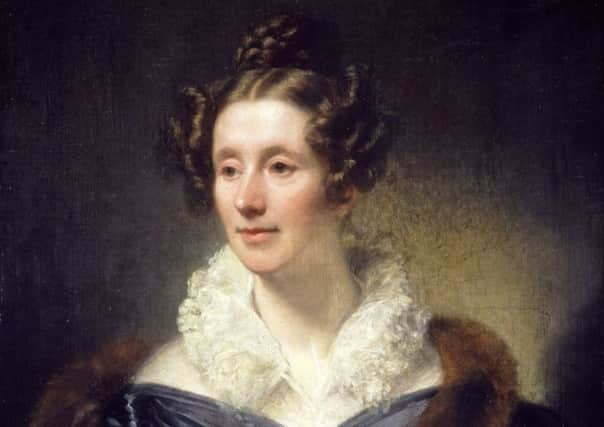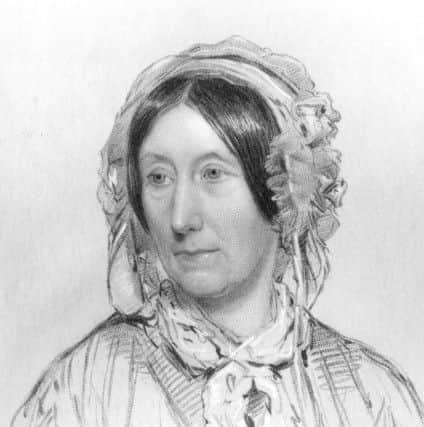Mary Somerville to appear on new Royal Bank of Scotland £10 note


RBS’s new polymer £10 notes, bearing the image of Jedburgh-born Somerville are set to be issued in the second half of 2017.
The announcement follows controversy over possible “rigging” of votes in a public Facebook competition which saw one of the contenders, engineer Thomas Telford, suddenly seeing a surge of votes in his favour push him into the lead, overtaking Somerville.
Advertisement
Hide AdAdvertisement
Hide AdIndustry experts said the votes could have been linked to “swarming” or “brigading” where groups of people can target an online poll.


The concerns resulted in the announcement of the winner being delayed until RBS carried out an investigation.
The public was asked to vote to choose between three historical Scottish figures – Somerville, James Clerk Maxwell and Telford – judged to have made significant contributions to the field of science and innovation.
Malcolm Buchanan, chairman of RBS’s Scotland board, said: “I was overwhelmed by the response to this initiative – a first for the Royal Bank of Scotland – and would like to thank all those who took the time to vote. Having the opportunity to choose the face of our new £10 notes obviously meant a great deal to a great number of people.
“Any of our final nominees would have been worthy winners and we wanted to make sure that our choice properly reflected the wishes of those who took part.


“Mary Somerville’s immense contribution to science and her determination to succeed against all the odds clearly resonate as much today as they did during her lifetime.”
Somerville (1780 -1872) came to the fore at a time when women’s participation in science was strongly discouraged.
Her achievements include being jointly nominated to be the first female member of the Royal Astronomical Society, being awarded a gold medal from the Royal Geographical Society, and elected to the American Philosophical
Society.
Advertisement
Hide AdAdvertisement
Hide AdFamous figures who have also appeared on the bank’s commemorative notes include Robert Louis Stevenson (1994), Alexander Graham Bell (1997) and Jack Nicklaus (2005).
Polymer notes will be 15 per cent smaller than current banknotes. Polymer is cleaner, more secure and more durable than cotton paper, thus increasing durability and will reduce the costs for banks.
Mary Somerville, Scientist, Science writer and translator (1780 – 1872)
At a time when women’s participation in science was strongly discouraged, Mary Somerville was a true pioneer and was jointly nominated to be the first female member of the Royal Astronomical Society in 1835. Somerville’s writing influenced James Clerk Maxwell and John Couch Adams with her discussion of a hypothetical planet perturbing Uranus leading Adams to look for and discover Neptune.